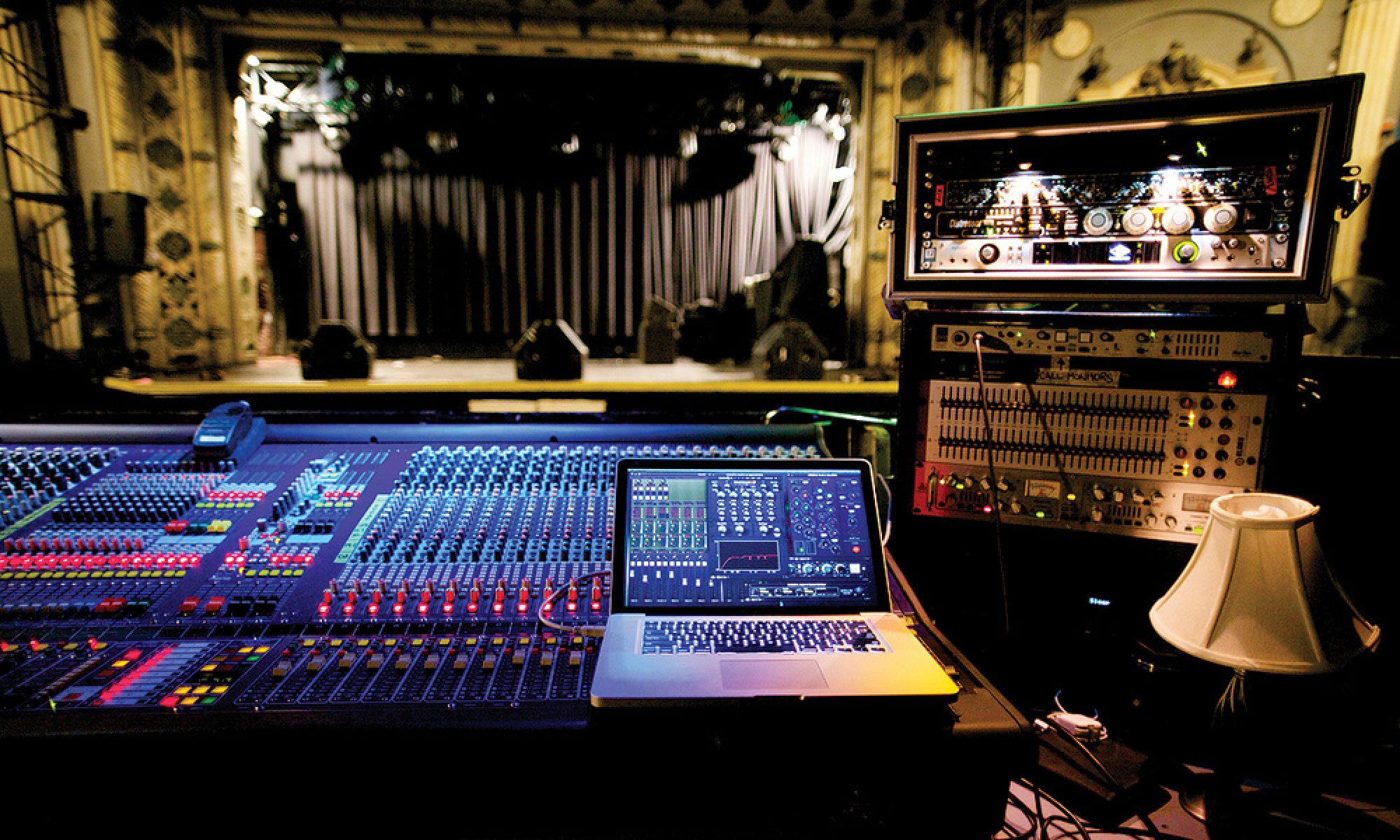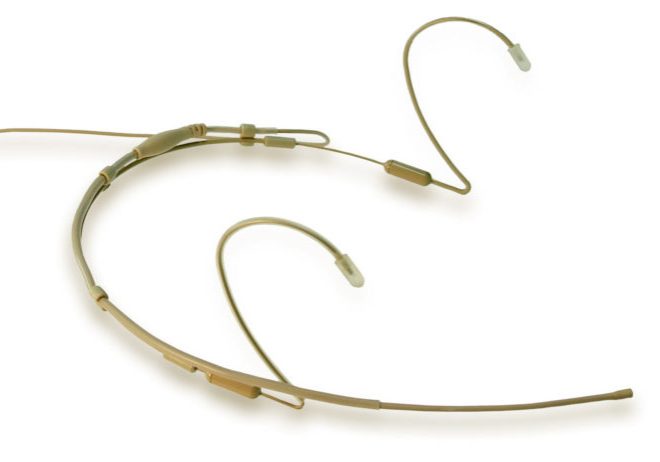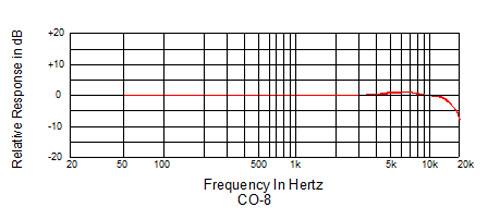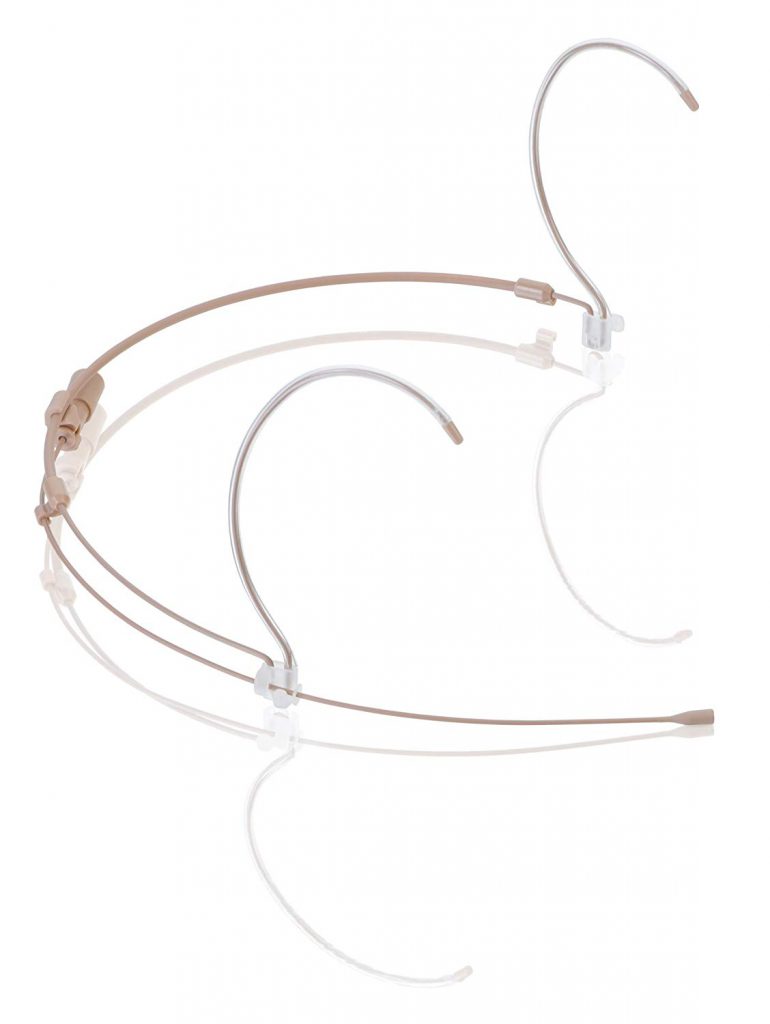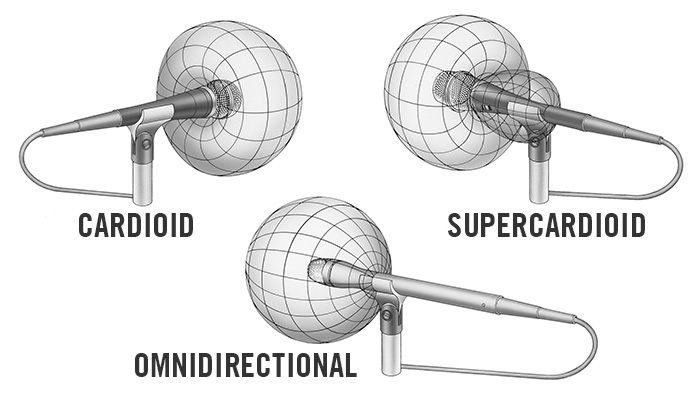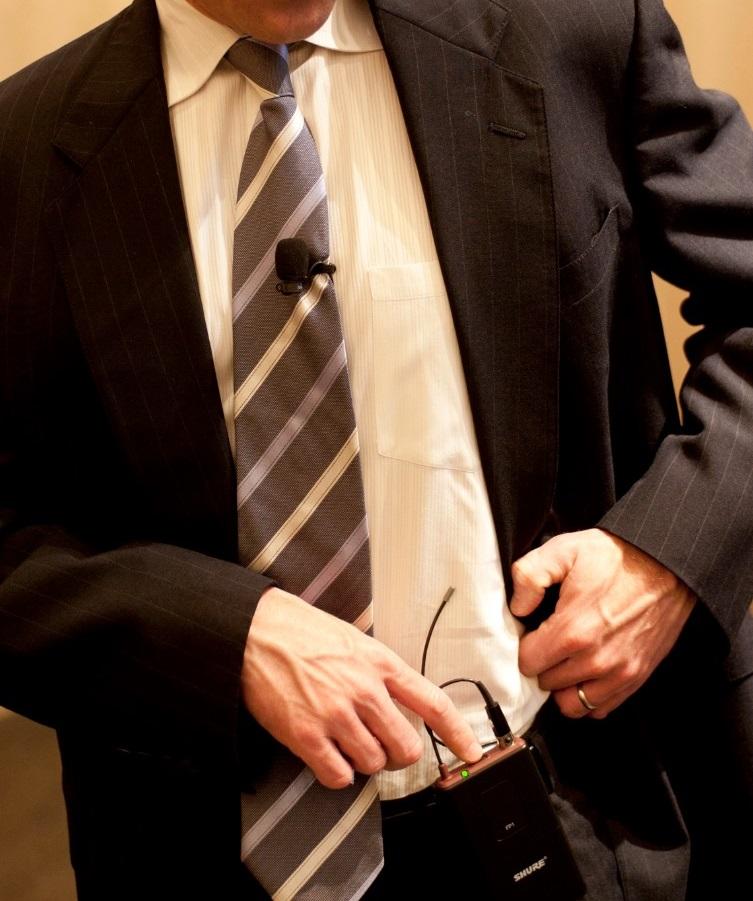Welcome back to our series on micing up speakers. Over the last few weeks we have been talking about podium mics and lapels as well as a couple really cheap options if money is just really tight. This week it’s time to talk about my favorite utility headset. If I have a new speaker on stage and I’m not sure which headset to use, this is the one I grab by default to try first. It fits everyone really well, is super durable, and sounds pretty good too. Some of you guessed this last week on Facebook, it’s the Point Source CO-8. I’m going to do my best to not let this be a commercial but because I’m focusing on one headset, it’s going to feel like that no matter what.
When it was released in 2014 it won several awards (including best new headset) and I can understand why. The microphone boom itself is unbreakable and can bend in any direction needed to fit the speakers head and the frame that it attaches to while not as flexible, has several adjustments available to custom fit the headset to the wearers head. One of my favorite features is that it’s basically waterproof/sweatproof. It’s actually IP57 rated so if your pastor wants to use it in the baptismal, you’ll be good! While some see this as another point of failure, I love that the connector on the end is interchangeable by design. This has already saved my butt because we’ve had a failure at the connector and a $20 adapter saved a $450 headset. The headset is also available in the three standard colors (beige, brown, and black) and either omnidirectional or cardioid (if that’s your thing). The biggest application for me is that because the headset can get really small it’s great for kids or folks with smaller heads where our other headsets just can’t even compete because they cannot get small enough to lock into the subject’s head. It also has several clips that I adjust for each person. Unlike the picture however, I take a clip of the side that isn’t being used and place it down by where the microphone passes the ear so it can clip in there and be even less likely to float around during a given event. This also allows the cable to drop naturally in the middle in the back of the head instead of needing to be clipped along the side.
But let’s get down to the brass tax here, what does it sound like? While it doesn’t carry the extremely natural sound that a mic like any DPA headset can achieve it sounds dramatically better than the standard Countryman E6 or any lapel will sound. I’ve included a frequency response curve and as you can see it’s very flat (with a small bump around 5k) so if your system is properly setup and the headset is worn properly, this mic should sound great in your space. I find it to work well for both women and men and have used it on a few kids as well with great success. You will need to high-pass the microphone and make a cut in the mids to pull some throat out of the mic but I usually end up doing this with every mic anyway as it is a remnant of amplifying the human voice. The capsule itself is extremely dynamic and will not clip until it hits 136 dB SPL which really helps it to hold up under hard conditions with very loud speakers who like to yell. Even as an omnidirectional microphone (the variety we use for increased flexibility regarding placement) there is a lot of headroom before feedback on our stage at least so we get plenty of signal to process from anyone’s voice.
Both of these things are all well and good right? Both reliable and decent sounding, there has to be a catch right? Well there is and there isn’t. At $450 you get a great headset and a reasonable price. This price point has allowed me to be able to pick up quite a few of these for different ministries around the church and I know that won’t be wasted because the headset is incredibly durable. In nearly 3 years of using them or so, we have only had one break and that headset was in our busiest room (main auditorium) and the break was in the adapter at the end of the cord so less than $30 later we are back to normal. My only complaint is that the frame that the mic attaches to is getting beat up pretty easy. It’s missing a few chunks of paint in high stress areas but that is to be expected and well, you can’t even see those spots anyway when it’s being worn. I love that they are waterproof so I can clean them very easily with some antibacterial wipe and than rinse it off in the sink to get the residue off if needed. All in all, a great headset and worth the demo if you are in the market for a headset in this price range.
I know, it’s not a DPA, but as I argued last week, having a variety of options will only help you match headsets up to users to get the best sound each week. Fit and finish matter as well and the adjustability of size on this headset make a great option for anyone. What headsets do you use as your go to mic for speakers? Let me know in the comments below, on facebook, or email me at daniel@studiostagelive.com. We heard about this headset through a conversation similar to what I’m writing here so I’d love to hear about what you use so we can continue to expand our arsenal. Tune in next week as we will be talking about top of the line mics used by pros everywhere. Yep, it’s DPA week. Be sure to sign up at this link and you’ll get an email when that post goes live next monday. See you in the comments!
